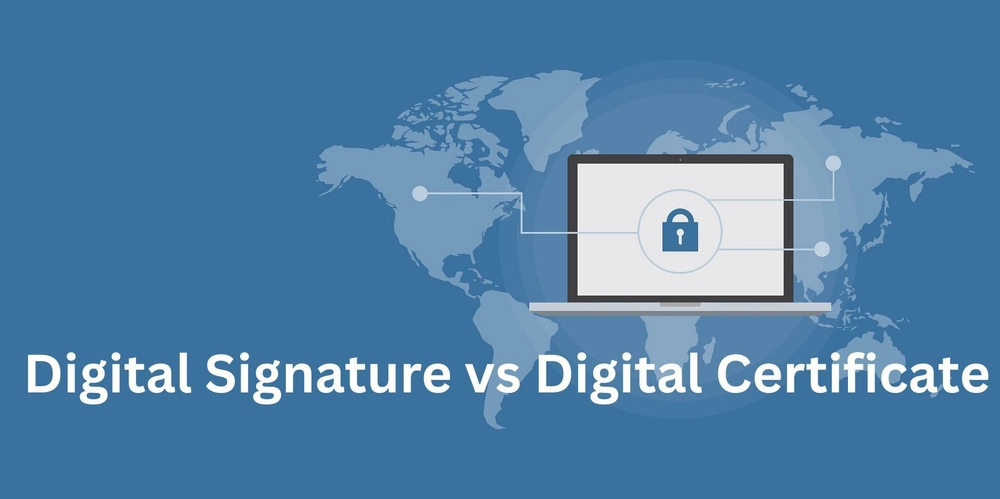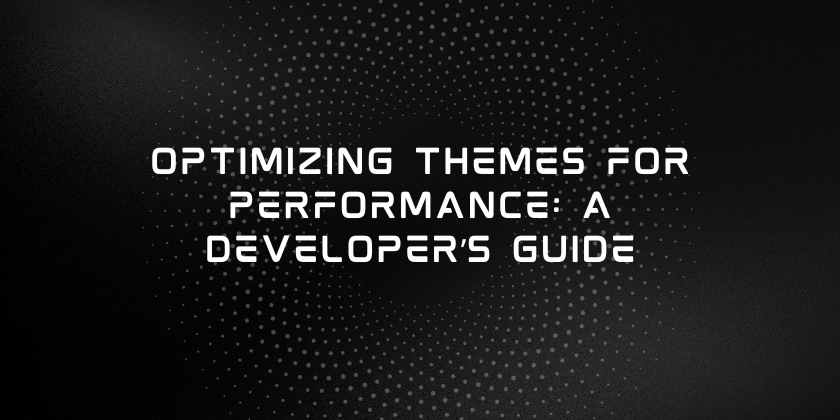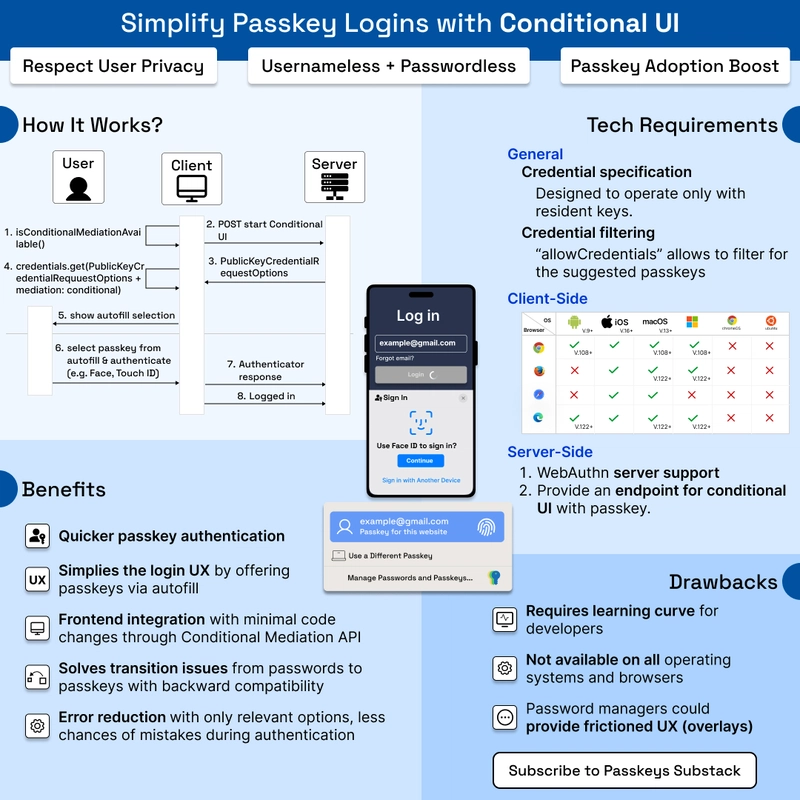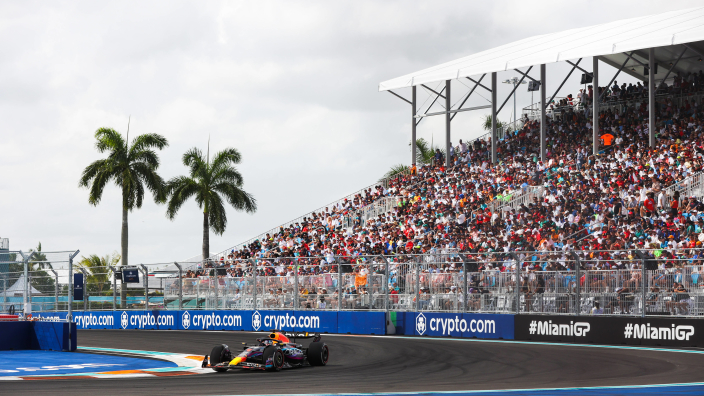How Proxies Help You Scale AI Projects with Speed and Security
AI is changing everything—from healthcare to e-commerce to cybersecurity. It’s not just evolving; it’s revolutionizing industries at breakneck speed. But as AI projects grow more sophisticated, one massive challenge surfaces: scalability. AI systems depend on vast amounts of data to function, train models, and make intelligent decisions. Without seamless data access, AI projects hit a wall. And that’s where proxies come in. Bypass restrictions, ensure smooth data flow, and scale up your AI game. In this article, we’ll break down how proxies can help you overcome the data challenges AI projects face, optimize performance, and enhance security. Ready to see how proxies power AI scalability? Let’s dive in. The Critical Role of Data in AI Artificial Intelligence (AI) isn’t just a buzzword—it’s the backbone of modern innovation. From machine learning (ML) to natural language processing (NLP) and computer vision, AI systems rely on massive datasets to function at their best. What do AI systems need data for Model Training: AI algorithms learn and improve through exposure to vast datasets. Real-Time Data Processing: Fraud detection systems and recommendation engines thrive on continuous data. Market & Competitive Analysis: AI tools scrape and analyze data for price monitoring, sentiment analysis, and more. Automation & Decision-Making: AI systems make decisions by identifying patterns in data. But there’s a problem. Gathering data at scale isn’t easy. Many websites put up geo-restrictions, enforce rate limits, or block IP addresses—all of which slow down or completely prevent automated data scraping. The Importance of Proxies in AI Scalability Proxies are game-changers. They act as intermediaries between AI systems and the internet, routing requests through different IPs to bypass restrictions and keep things moving smoothly. Here’s how they help: IP Rotation: Proxies rotate IP addresses to prevent blocking, rate limits, and CAPTCHA hurdles. Geolocation Flexibility: Proxies make it possible to gather geo-specific data, which is essential for AI projects that need localized insights. Improved Security: They mask your AI systems’ real IP addresses, helping keep them safe from cyber threats. Optimized Performance: Proxies can handle load balancing, ensuring data is retrieved quickly and efficiently. In short, proxies enable seamless data access, improve performance, and enhance security. Let’s break it down. How Proxies Help Solve Challenges in Scaling AI As AI projects grow, the challenges also multiply. Here’s how proxies solve some of the most common hurdles: Data Collection Limitations AI models thrive on data, but obtaining that data at scale comes with roadblocks. Geo-Restrictions & IP Blocking: Proxies allow AI systems to access data from anywhere, bypassing location-based restrictions. Rate Limiting & CAPTCHAs: Proxies distribute requests across multiple IPs, preventing detection and blocking. Incomplete or Biased Data: With proxies, AI models can access diverse, unrestricted datasets—critical for accurate, unbiased learning. Real-World Example: A financial AI tool analyzing stock market trends globally may face geo-restrictions when accessing financial reports. Proxies bypass these restrictions, unlocking valuable data. Network Constraints AI needs to process vast amounts of data in real-time. Without efficient data routing, performance suffers. High Bandwidth Consumption: AI applications, like chatbots or trading algorithms, require uninterrupted data flow. Proxies ensure low-latency connections to reduce delays. Distributed AI Processing: When data needs to be processed across multiple servers, proxies help balance the load, optimizing performance and preventing slowdowns. Example: An AI system monitoring market fluctuations must retrieve real-time data without delay. Proxies ensure lightning-fast data retrieval, keeping everything running smoothly. Security & Privacy Concerns With AI handling sensitive data, security is critical. Proxies shield AI systems from cyber threats by: IP Masking: Proxies hide the real IP addresses of AI systems, preventing them from being tracked or targeted. Bot Protection: Proxies distribute traffic, making it harder for bots to overwhelm AI systems with attacks. Data Protection: Proxies help AI systems comply with regulations (GDPR, HIPAA) by preventing the accidental collection of sensitive or personal data. How to Scale AI Projects with Proxies AI applications thrive on high-speed data access. The faster they can pull data, the better the results. Here’s how proxies supercharge AI performance: Load Balancing: Proxies help distribute data requests across multiple IPs, preventing server overload and speeding up data retrieval. Lower Latency: With datacenter proxies, you can route requests through high-speed servers, ensuring rapid data processing for real-time applications. Content Caching: Proxies stor
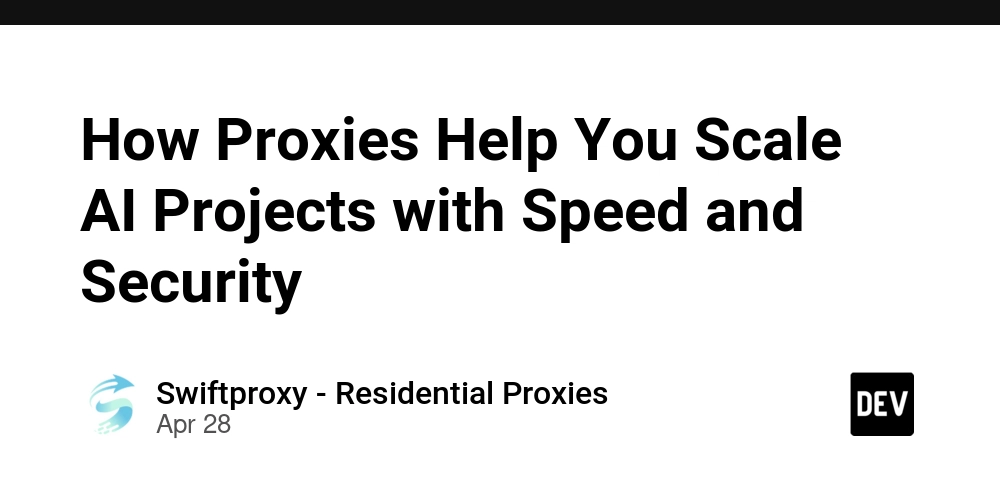
AI is changing everything—from healthcare to e-commerce to cybersecurity. It’s not just evolving; it’s revolutionizing industries at breakneck speed. But as AI projects grow more sophisticated, one massive challenge surfaces: scalability. AI systems depend on vast amounts of data to function, train models, and make intelligent decisions. Without seamless data access, AI projects hit a wall. And that’s where proxies come in.
Bypass restrictions, ensure smooth data flow, and scale up your AI game. In this article, we’ll break down how proxies can help you overcome the data challenges AI projects face, optimize performance, and enhance security. Ready to see how proxies power AI scalability? Let’s dive in.
The Critical Role of Data in AI
Artificial Intelligence (AI) isn’t just a buzzword—it’s the backbone of modern innovation. From machine learning (ML) to natural language processing (NLP) and computer vision, AI systems rely on massive datasets to function at their best.
What do AI systems need data for
- Model Training: AI algorithms learn and improve through exposure to vast datasets.
- Real-Time Data Processing: Fraud detection systems and recommendation engines thrive on continuous data.
- Market & Competitive Analysis: AI tools scrape and analyze data for price monitoring, sentiment analysis, and more.
- Automation & Decision-Making: AI systems make decisions by identifying patterns in data.
But there’s a problem. Gathering data at scale isn’t easy. Many websites put up geo-restrictions, enforce rate limits, or block IP addresses—all of which slow down or completely prevent automated data scraping.
The Importance of Proxies in AI Scalability
Proxies are game-changers. They act as intermediaries between AI systems and the internet, routing requests through different IPs to bypass restrictions and keep things moving smoothly. Here’s how they help:
- IP Rotation: Proxies rotate IP addresses to prevent blocking, rate limits, and CAPTCHA hurdles.
- Geolocation Flexibility: Proxies make it possible to gather geo-specific data, which is essential for AI projects that need localized insights.
- Improved Security: They mask your AI systems’ real IP addresses, helping keep them safe from cyber threats.
- Optimized Performance: Proxies can handle load balancing, ensuring data is retrieved quickly and efficiently.
In short, proxies enable seamless data access, improve performance, and enhance security. Let’s break it down.
How Proxies Help Solve Challenges in Scaling AI
As AI projects grow, the challenges also multiply. Here’s how proxies solve some of the most common hurdles:
Data Collection Limitations
AI models thrive on data, but obtaining that data at scale comes with roadblocks.
Geo-Restrictions & IP Blocking: Proxies allow AI systems to access data from anywhere, bypassing location-based restrictions.
Rate Limiting & CAPTCHAs: Proxies distribute requests across multiple IPs, preventing detection and blocking.
Incomplete or Biased Data: With proxies, AI models can access diverse, unrestricted datasets—critical for accurate, unbiased learning.
Real-World Example: A financial AI tool analyzing stock market trends globally may face geo-restrictions when accessing financial reports. Proxies bypass these restrictions, unlocking valuable data.
Network Constraints
AI needs to process vast amounts of data in real-time. Without efficient data routing, performance suffers.
High Bandwidth Consumption: AI applications, like chatbots or trading algorithms, require uninterrupted data flow. Proxies ensure low-latency connections to reduce delays.
Distributed AI Processing: When data needs to be processed across multiple servers, proxies help balance the load, optimizing performance and preventing slowdowns.
Example: An AI system monitoring market fluctuations must retrieve real-time data without delay. Proxies ensure lightning-fast data retrieval, keeping everything running smoothly.
Security & Privacy Concerns
With AI handling sensitive data, security is critical. Proxies shield AI systems from cyber threats by:
IP Masking: Proxies hide the real IP addresses of AI systems, preventing them from being tracked or targeted.
Bot Protection: Proxies distribute traffic, making it harder for bots to overwhelm AI systems with attacks.
Data Protection: Proxies help AI systems comply with regulations (GDPR, HIPAA) by preventing the accidental collection of sensitive or personal data.
How to Scale AI Projects with Proxies
AI applications thrive on high-speed data access. The faster they can pull data, the better the results. Here’s how proxies supercharge AI performance:
- Load Balancing: Proxies help distribute data requests across multiple IPs, preventing server overload and speeding up data retrieval.
- Lower Latency: With datacenter proxies, you can route requests through high-speed servers, ensuring rapid data processing for real-time applications.
- Content Caching: Proxies store frequently accessed data, minimizing repetitive requests and reducing strain on servers.
Example: A cybersecurity AI system can use proxies to pull data on phishing sites quickly—without delays, ensuring it detects threats faster.
The Best Proxies for Scaling AI
Choosing the right proxy is key. Different AI projects need different types of proxies, depending on their goals. Here’s a breakdown:
Residential Proxies
Residential proxies are tied to real IP addresses, making them perfect for bypassing geo-restrictions and preventing bans. They appear as regular users, so websites trust them more.
Best Use Case: Market intelligence tools scraping global e-commerce pricing and sentiment data.
Datacenter Proxies
Datacenter proxies are fast and affordable, making them ideal for AI projects that need to scrape massive amounts of data quickly.
Best Use Case: Automated web crawling and testing that requires high-volume, fast data access.
Mobile Proxies
Mobile proxies use IPs from real mobile devices, making them dynamic and perfect for applications that require anonymity and interaction with mobile data.
Best Use Case: AI systems performing ad verification or fraud detection on mobile platforms.
ISP Proxies
ISP proxies blend the speed of datacenter proxies with the authenticity of residential proxies. They’re trusted by websites, which makes them harder to block.
Best Use Case: Cybersecurity AI tools that need to monitor threats with speed and accuracy.
The Bottom Line
As AI projects scale, the need for efficient data collection, fast processing, and robust security becomes paramount. Proxies solve these challenges by enabling seamless data access, optimizing performance, and ensuring privacy.
By choosing the right proxy, AI companies can unlock the data they need, optimize their systems for speed, and safeguard their projects against threats. When done right, proxies aren’t just a tool—they’re a game-changer for AI scalability.










